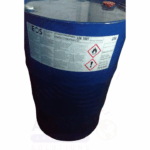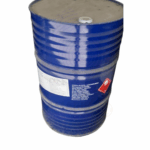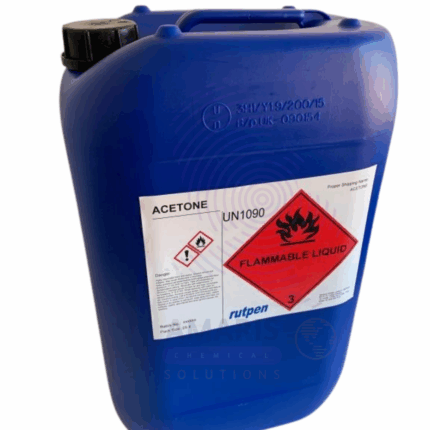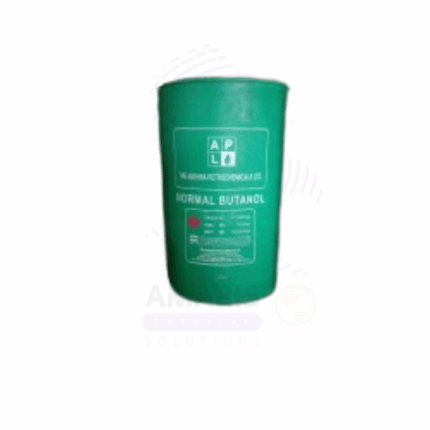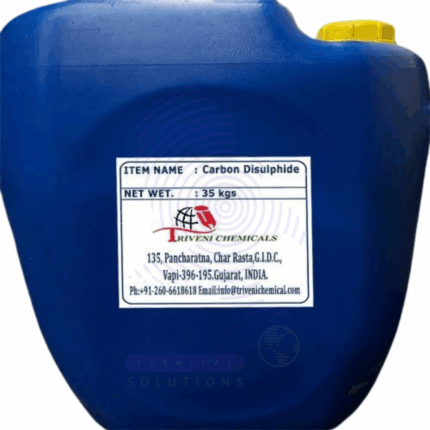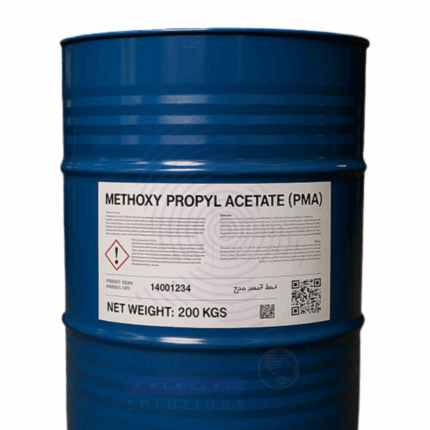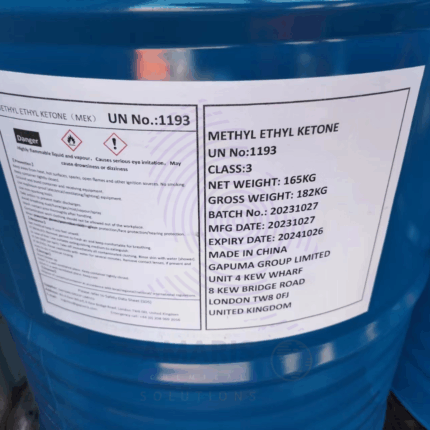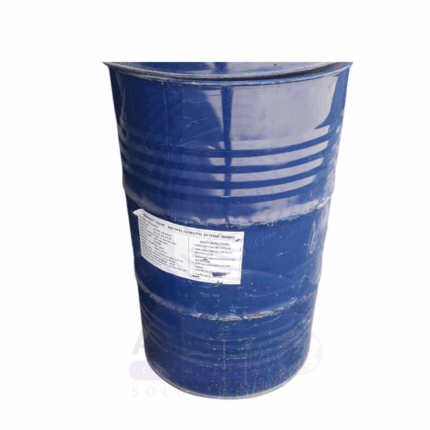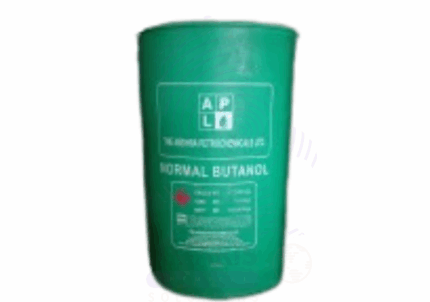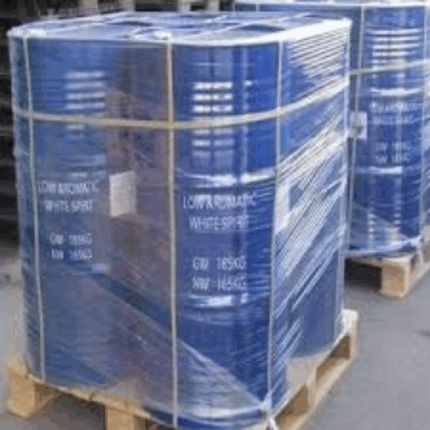Methyl Acetate
Whatsapp Order
Methyl Acetate is a colorless, volatile, and flammable liquid with a pleasant, fruity odor. It is an ester formed from methanol and acetic acid and is widely used as a solvent in coatings, adhesives, inks, and cleaning products. Known for its excellent solvency power and fast evaporation rate, methyl acetate is preferred in industrial and commercial applications where quick drying is essential.
Category: Solvents(paint)
Tags: Cleaning Agent, Fast-evaporating solvent, Industrial solvent, Methyl Acetate, Paint thinner
Description
Table of Contents
Toggle
Methyl Acetate
Primary Uses
- Coatings and Paints
- Used as a solvent in lacquers, varnishes, and automotive and industrial coatings.
- Facilitates fast drying and smooth film formation.
- Adhesives and Sealants
- Solvent in adhesive formulations, especially for pressure-sensitive adhesives and contact cements.
- Printing Inks
- Serves as a solvent for inks, enhancing flow properties and drying speed.
- Cleaning Products
- Utilized in industrial and household cleaners and degreasers for efficient removal of oils and greases.
Secondary Uses
- Pharmaceutical Industry
- Used as a solvent or intermediate in drug manufacturing processes.
- Cosmetics and Personal Care
- Occasionally used as a solvent in perfumes and nail polish removers.
- Laboratory Reagent
- Applied in chemical synthesis and analytical laboratories as a solvent.
KEY PRODUCT FEATURES
1. Basic Identification Attributes
- Chemical Name (IUPAC): Methyl acetate
- Common/Trade Name: Methyl Acetate
- CAS Number: 79-20-9
- HS Code: 2915.31.00
- Synonyms: Acetic acid methyl ester; methyl ethanoate
2. Physical & Chemical Properties
- Physical State: Liquid
- Color & Odor: Colorless; pleasant fruity odor
- Boiling Point: 56°C
- Melting Point: -98°C
- Flash Point: -1°C (closed cup)
- Density: 0.932 g/cm³ at 20°C
- Solubility: Slightly soluble in water; miscible with most organic solvents
3. Safety & Hazard Attributes
- GHS Classification: Flammable liquid, Category 2
- Toxicity: Low to moderate toxicity; avoid ingestion and prolonged skin contact
- Exposure Limits: OSHA PEL - 610 mg/m³ (200 ppm); ACGIH TLV - 200 ppm
4. Storage & Handling Attributes
- Storage Conditions: Store in a cool, well-ventilated area away from ignition sources and incompatible materials
- Container Type: Supplied in metal drums, plastic containers, or bulk tanks suitable for flammable liquids
- Shelf Life: Stable under proper storage conditions for several years
- Handling Precautions: Use flame-proof equipment; avoid inhalation and skin contact; wear appropriate PPE
5. Regulatory & Compliance Attributes
- Complies with international chemical safety standards and regulations (e.g., REACH, OSHA)
- Listed on major chemical inventories worldwide
6. Environmental & Health Impact
- Biodegradability: Readily biodegradable
- Ecotoxicity: Low environmental impact when used as directed
- Bioaccumulation: Low potential for bioaccumulation
- Carcinogenicity/Mutagenicity: Not classified as carcinogenic
SAFETY HANDLING PRECAUTIONS
Safety Handling Precautions
- PPE Required: Chemical-resistant gloves, safety goggles, and flame-resistant clothing recommended
- Handling Guidelines: Use in well-ventilated areas; prevent vapor accumulation; ground and bond containers during transfer
- Storage Measures: Keep containers tightly closed and away from incompatible substances
First Aid Measures
- Inhalation: Move to fresh air; seek medical attention if breathing difficulties occur
- Skin Contact: Remove contaminated clothing; wash skin thoroughly with soap and water
- Eye Contact: Rinse eyes with water for at least 15 minutes; seek medical attention if irritation persists
- Ingestion: Do not induce vomiting; seek immediate medical assistance
Firefighting Measures
- Fire Hazards: Highly flammable liquid and vapor
- Extinguishing Media: Use alcohol-resistant foam, dry chemical, or carbon dioxide extinguishers
- Special Precautions: Evacuate area; wear full protective equipment and self-contained breathing apparatus
- Hazardous Combustion Products: May produce carbon monoxide, carbon dioxide, and other toxic gases under fire conditions
Related products
Acetone
Acetone Extra Pure is a high-purity grade of acetone (≥99.5%) specifically purified to meet stringent quality standards for laboratory and industrial applications. This volatile, colorless solvent is characterized by its rapid evaporation rate, excellent solvency power, and minimal impurity content, making it suitable for sensitive chemical processes and analytical applications
Butanol
Butanol (also known as n-Butanol or Normal Butanol) is a clear, colorless liquid with a mild, alcoholic odor. It is a four-carbon primary alcohol with the chemical formula C4H10O. Butanol is moderately soluble in water and miscible with many organic solvents. Its physical and chemical properties make it a versatile solvent and chemical intermediate. Butanol indicates a high purity grade often used in industrial, pharmaceutical, and chemical synthesis applications.
Carbon Disulfide
Carbon Disulfide (CS₂) is a volatile, flammable, and highly toxic organic solvent composed of carbon and sulfur. At 99% purity, it is a clear to pale yellow liquid with a pungent, sweet, ether-like odor. Carbon Disulfide is produced primarily by the reaction of carbon (charcoal) with sulfur vapors at high temperatures. Due to its excellent solvent properties and reactivity, it is used across multiple industries, including the production of rayon, cellophane, rubber chemicals, and pesticides. Despite its utility, Carbon Disulfide requires careful handling because of its toxicity, flammability, and environmental hazards.
Methoxy Propyl Acetate
Methoxy Propyl Acetate is a clear, colorless liquid solvent with a mild fruity odor. It is an ester derived from methoxy propanol and acetic acid, widely used in coatings, inks, adhesives, and cleaning products due to its excellent solvency, moderate evaporation rate, and good compatibility with various resins. PMA offers low volatility and strong solvency for a broad range of materials, making it ideal for industrial and commercial applications.
Methyl Ethyl Ketone
Methyl Ethyl Ketone, also known as Butanone, is a clear, colorless liquid with a sharp, sweet odor. It is a highly effective solvent widely used in industrial processes due to its excellent solvency, fast evaporation rate, and compatibility with a wide range of substances. MEK is commonly used in coatings, adhesives, printing inks, and cleaning formulations.
Methyl Iso Butyl Ketone
Methyl Iso Butyl Ketone (MIBK) is a clear, colorless liquid with a characteristic sharp, sweet odor. It is a versatile solvent widely used in industrial applications due to its excellent solvency, moderate evaporation rate, and chemical stability. MIBK is commonly utilized in coatings, adhesives, printing inks, and chemical synthesis.
N-Butanol
N-Butanol (1-butanol) is a four-carbon linear alcohol with the chemical formula C₄H₉OH. It is a colorless, flammable liquid with a mild, alcoholic odor. N-Butanol is widely used as a solvent in paints, coatings, adhesives, and chemical synthesis. It serves as an intermediate in the manufacture of plasticizers, butyl acrylate, and other chemicals. Its moderate volatility and solvent properties make it valuable in industrial and commercial applications.
White Spirit
White Spirit is a clear, colorless, petroleum-derived solvent widely used in industrial, commercial, and household applications. It is composed primarily of aliphatic and alicyclic hydrocarbons, offering excellent solvency properties, moderate evaporation rate, and low odor varieties. White Spirit serves as a powerful degreaser, paint thinner, and cleaning agent, facilitating effective removal of oils, greases, and paints.


 Preservatives(food)
Preservatives(food) Flavor Enhancers
Flavor Enhancers Acidulants
Acidulants Sweeteners
Sweeteners Antioxidants
Antioxidants Colorants(food)
Colorants(food) Nutraceutical Ingredients (food)
Nutraceutical Ingredients (food) Nutrient Supplements
Nutrient Supplements Emulsifiers
Emulsifiers
 Collectors
Collectors Dust Suppressants
Dust Suppressants Explosives and Blasting Agents
Explosives and Blasting Agents Flocculants and Coagulants
Flocculants and Coagulants Frothers
Frothers Leaching Agents
Leaching Agents pH Modifiers
pH Modifiers Precious Metal Extraction Agents
Precious Metal Extraction Agents
 Antioxidants(plastic)
Antioxidants(plastic) Colorants (Pigments, Dyes)
Colorants (Pigments, Dyes) Fillers and Reinforcements
Fillers and Reinforcements Flame Retardants
Flame Retardants Monomers
Monomers Plasticizers
Plasticizers Polymerization Initiators
Polymerization Initiators Stabilizers (UV, Heat)
Stabilizers (UV, Heat)
 Antifoaming Agents
Antifoaming Agents Chelating Agents
Chelating Agents Coagulants and Flocculants
Coagulants and Flocculants Corrosion Inhibitors
Corrosion Inhibitors Disinfectants and Biocides
Disinfectants and Biocides Oxidizing Agents
Oxidizing Agents pH Adjusters
pH Adjusters Scale Inhibitors( water)
Scale Inhibitors( water)
 Antioxidants(cosmetic)
Antioxidants(cosmetic) Emollients
Emollients Fragrances and Essential Oils
Fragrances and Essential Oils Humectants
Humectants Preservatives
Preservatives Surfactants(cosmetic)
Surfactants(cosmetic) Thickeners
Thickeners UV Filters
UV Filters
 Fertilizers
Fertilizers Soil Conditioners
Soil Conditioners Plant Growth Regulators
Plant Growth Regulators Animal Feed Additives
Animal Feed Additives Biostimulants
Biostimulants Pesticides (Herbicides, Insecticides, Fungicides)
Pesticides (Herbicides, Insecticides, Fungicides)
 Active Pharmaceutical Ingredients (APIs)
Active Pharmaceutical Ingredients (APIs) Excipients
Excipients Solvents(pharmaceutical)
Solvents(pharmaceutical) Antibiotics
Antibiotics Antiseptics and Disinfectants
Antiseptics and Disinfectants Vaccine Adjuvants
Vaccine Adjuvants Nutraceutical Ingredients (pharmaceutical)
Nutraceutical Ingredients (pharmaceutical) Analgesics & Antipyretics
Analgesics & Antipyretics
 Analytical Reagents
Analytical Reagents Solvents(lab)
Solvents(lab) Chromatography Chemicals
Chromatography Chemicals Spectroscopy Reagents
Spectroscopy Reagents microbiology-and-cell-culture-reagents
microbiology-and-cell-culture-reagents Molecular Biology Reagents
Molecular Biology Reagents Biochemical Reagents
Biochemical Reagents Inorganic and Organic Standards
Inorganic and Organic Standards Laboratory Safety Chemicals
Laboratory Safety Chemicals Specialty Laboratory Chemicals(Special Laboratory Equipment)
Specialty Laboratory Chemicals(Special Laboratory Equipment)
 Demulsifiers
Demulsifiers Hydraulic Fracturing Fluids
Hydraulic Fracturing Fluids Scale Inhibitors(oil)
Scale Inhibitors(oil) Surfactants(oil)
Surfactants(oil) Drilling Fluids
Drilling Fluids
 Dyes and Pigments
Dyes and Pigments Bleaching Agents
Bleaching Agents Softening Agents
Softening Agents Finishing Agents
Finishing Agents Antistatic Agents
Antistatic Agents
 Admixtures
Admixtures Waterproofing Agents
Waterproofing Agents Sealants and Adhesives
Sealants and Adhesives Curing Compounds
Curing Compounds Concrete Repair Chemicals
Concrete Repair Chemicals Anti-Corrosion Coatings
Anti-Corrosion Coatings
 Surfactants(cleaning)
Surfactants(cleaning) Builders
Builders Enzymes
Enzymes Solvents (Cleaning)
Solvents (Cleaning) Fragrances
Fragrances
 Electronic Chemicals
Electronic Chemicals Catalysts
Catalysts Lubricants
Lubricants Photographic Chemicals
Photographic Chemicals Refrigerants
Refrigerants Automotive chemicals
Automotive chemicals Pyrotechnic Chemicals
Pyrotechnic Chemicals
 Biodegradable Surfactants
Biodegradable Surfactants Bio-based Solvents
Bio-based Solvents Renewable Polymers
Renewable Polymers Carbon Capture Chemicals
Carbon Capture Chemicals Wastewater Treatment Chemicals
Wastewater Treatment Chemicals
 Pigments
Pigments Solvents(paint)
Solvents(paint) Specialty Coatings
Specialty Coatings Binders/Resins
Binders/Resins Additives
Additives Driers
Driers Anti-Corrosion Agents
Anti-Corrosion Agents Functional Coatings
Functional Coatings Application-Specific Coatings
Application-Specific Coatings
 Fresh Herbs
Fresh Herbs Ground Spices
Ground Spices Whole Spices
Whole Spices Spice Blends
Spice Blends Dried Herbs
Dried Herbs
 Leavening Agents
Leavening Agents Dough Conditioners
Dough Conditioners Flour Treatments
Flour Treatments Fat Replacers
Fat Replacers Decoratives
Decoratives Preservatives(baking)
Preservatives(baking)
 Plasticizers & Softeners
Plasticizers & Softeners Reinforcing Agents
Reinforcing Agents Adhesion Promoters
Adhesion Promoters Vulcanizing Agents
Vulcanizing Agents Antidegradants
Antidegradants Blowing Agents
Blowing Agents Fillers & Extenders
Fillers & Extenders Accelerators & Retarders
Accelerators & Retarders
